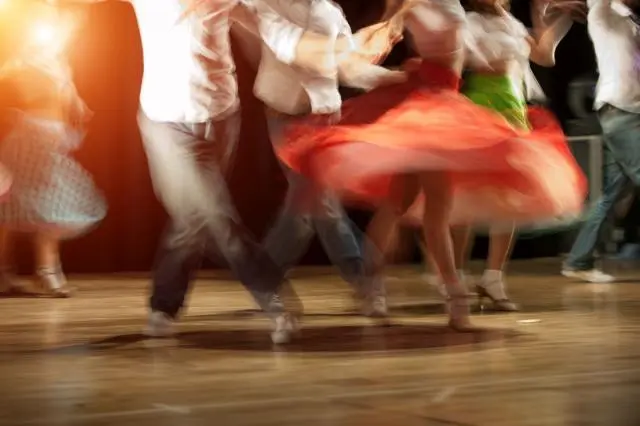Explore dance schools in Foxtrot
Beginner or advanced – in Foxtrot, Switzerland you’ll find dance classes for every level.
Be the first active dance partner in Foxtrot!
Start your dance profile now – and let other dancers in the region discover you.
Popular blog posts about dancing
Shop
Create your dance profile on Lets-Dance
Would you like to become part of the Lets-Dance community and be found as a dance partner from now on? Then register now for free and create your dance profile! Through your membership you network with other dancers and increase your chances of finding the perfect partner for courses, practice sessions or even tournaments. Create your profile today and start your dance journey with Lets-Dance!
Register your dance school
Do you have your own dance school, give dance courses or offer your own dance events? Then get to know all the advantages of Lets-Dance and register your dance school today.
Discover dance styles in Foxtrot
© Lets-Dance 2025










